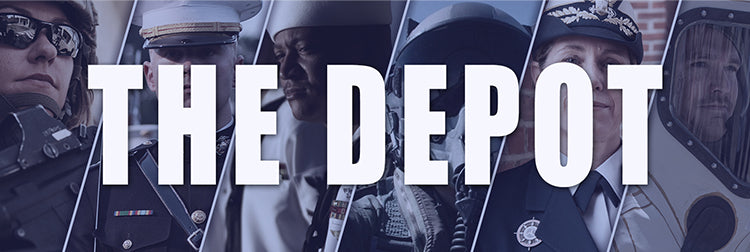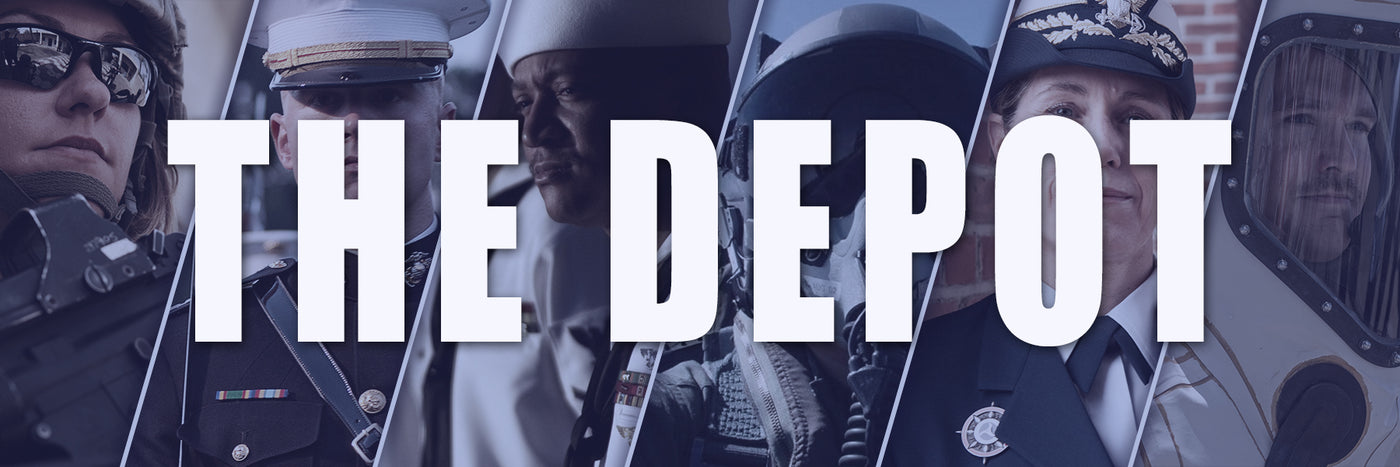
USMC Mascot: What is the Mascot of the U.S. Marine Corps?
The U.S. Army’s Military Academy has a mule for a mascot. The U.S. Naval Academy has a goat. The U.S. Air Force has a falcon, and the Coast Guard Academy...
Blog Staff |
ARMED FORCES SUPER STORE 1-877-653-9577 | 8 - 7 CST MON-FRI



The U.S. Army’s Military Academy has a mule for a mascot. The U.S. Naval Academy has a goat. The U.S. Air Force has a falcon, and the Coast Guard Academy...
Blog Staff |